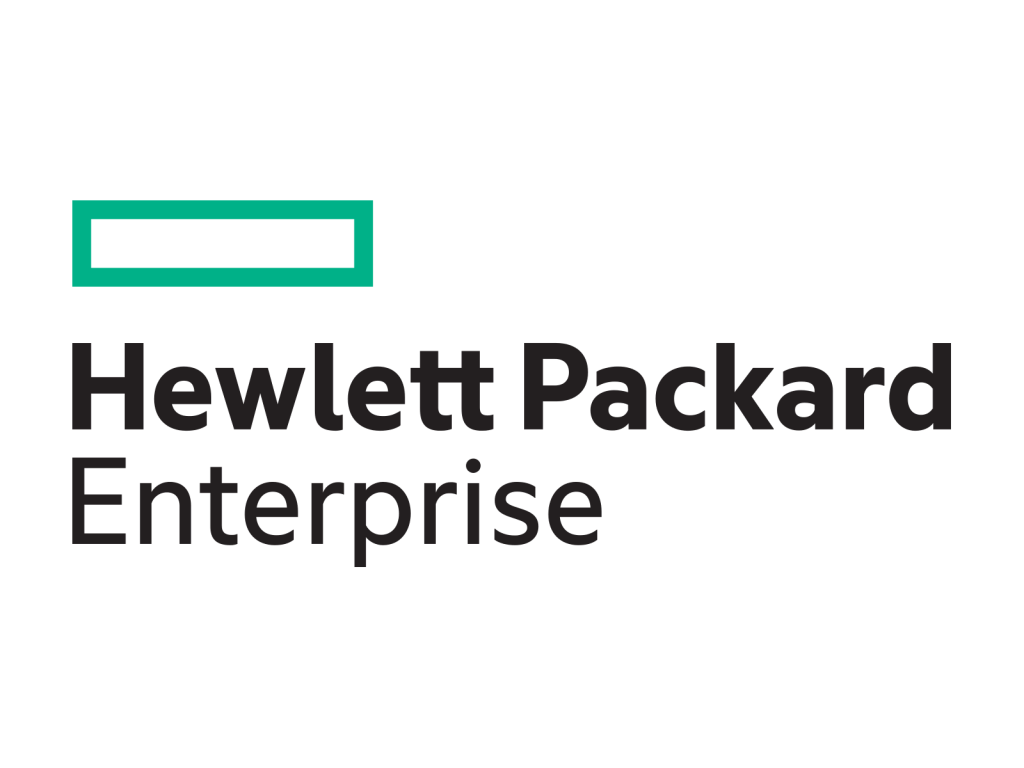Software Fast Secured Efficient

Software
Software refers to a collection of programs, instructions, and data that enable a computer system to perform specific tasks or functions. It encompasses both the applications that users interact with and the underlying system software that manages and controls the computer hardware. Here are some key points about software:
Types of Software: Software can be categorized into system software and application software. System software includes operating systems, device drivers, and utility programs that provide essential functions and facilitate the operation of a computer system. Application software, on the other hand, refers to programs designed for specific tasks, such as word processing, web browsing, multimedia editing, or accounting.
Development and Programming: Software is developed through the process of programming, which involves writing code in programming languages such as C++, Java, Python, or JavaScript. Programmers use various development tools, integrated development environments (IDEs), and libraries to create, test, and debug software applications.
Functionality and Features: Software is designed to provide specific functionality and features to meet user needs. This can range from basic tasks like file management and data processing to more advanced capabilities like artificial intelligence, machine learning, or virtual reality.
User Interfaces: Software interfaces allow users to interact with programs and perform tasks using graphical user interfaces (GUIs), command-line interfaces (CLIs), or web-based interfaces. User experience (UX) design plays a crucial role in creating intuitive and user-friendly software interfaces.
Software Distribution: Software can be distributed in various ways. It may be pre-installed on devices, downloaded from the internet, distributed via physical media like CDs or DVDs, or delivered through cloud-based platforms. Software updates and patches are often released to fix bugs, enhance security, or introduce new features.
Open Source and Proprietary Software: Software can be classified as open source or proprietary. Open source software allows users to view, modify, and distribute the source code freely. Proprietary software, on the other hand, is licensed and controlled by the software’s owner or organization.
Software Licensing: Software is typically governed by licensing agreements that define how it can be used, distributed, and modified. Common licensing models include commercial licenses, open source licenses (such as the GNU General Public License), and software-as-a-service (SaaS) subscriptions.
Software Maintenance and Support: Software requires ongoing maintenance and support to address bugs, security vulnerabilities, and compatibility issues. Software vendors often provide updates, patches, and technical support to ensure the smooth operation of their software products.
Software Ecosystem: Software often exists within a larger ecosystem, including software development communities, libraries, frameworks, and third-party integrations. These elements contribute to the growth, interoperability, and extensibility of software applications.
Software is a fundamental component of modern computing, enabling computers and devices to perform a wide range of tasks efficiently and effectively. It powers everything from simple applications to complex enterprise systems, driving innovation and productivity across various industries and sectors.
We are the dedicated partners of the following Brands.




